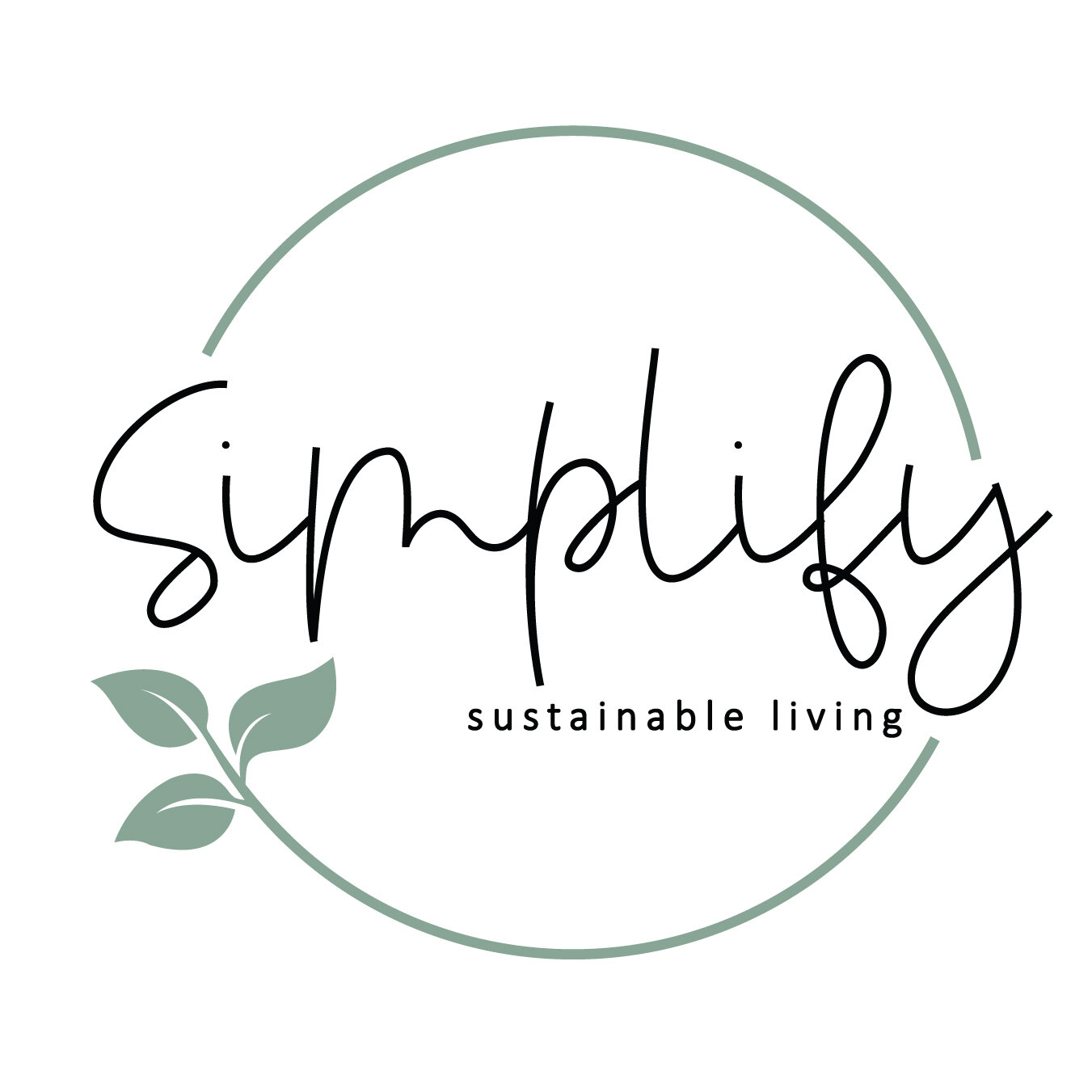Seasonal Vegetable Guide
Is there anything better than a carrot straight from the garden? Tomatoes ripe from the vine? Freshly picked berries? There’s nothing quite as good as fresh fruits and veggies. As if you needed any more convincing; eating in-season is more sustainable too!
I know, I too love my avocados year-round. But if we shop seasonally and locally at farmers markets, we can reduce, if not avoid: shipping emissions, packaging, and preservatives in our food.
Shopping in season is easier said than done – especially in Canada where winter lasts for so long. But even in the dead of winter we can still enjoy seasonal foods. Follow along to see what you can enjoy in each season:
Spring
Let’s start the year of seasonal produce with springtime. This is the time of year where we start to think about buying fresh fruits and veggies. But, with spring especially, what’s available may be limited based on the winter season. If the cold weather persists, some foods might not be available until summer.
When I think about spring produce, I think about those side-of-the-road fruit stands popping up with their fresh BC cherries, and strawberries. Some other foods you might not have thought of are rhubarb, celery, fiddleheads, asparagus, radishes, and lettuce.
Summer
This is where in-season produce really kicks off. It’s probably the best time of year to head out and see what options your local farmer’s market has – because there always seems to be plenty to choose from!
Some summer produce options include: stone fruits like peaches, plums, and nectarines, and cherries; berries such as blueberries, raspberries, saskatoons; and so many other fruits like apples, pears, and melons! An array of vegetables also burst into the scene beans, peas, carrots, celery, corn, cucumbers, squash, tomatoes, turnips, and zucchini.
Fall
Fall is another season where there seems to be a lot of in-season foods at our disposable. This time of year we really head outside and clean out our gardens. The list of in-season options will look similar to summer with : cranberries, blueberries, pears, apples, plums, beans, peas, carrots, cabbage, leeks, lettuce, onions, peppers, potatoes, pumpkin, radishes, turnips, zucchini, beets, and more.
Not only does fall offer a cornucopia of food options, it is also the prime time to prepare each sustainably for winter. Fall is the time to pickle, can, dry, and prep foods to be eaten over the winter months.
Winter
This is probably the hardest season for us (Canadians in particular) to shop in-season, but it is still possible! It just takes a little more thought. In winter, try to use root vegetables like potatoes, beets, carrots, and turnips. Or hearty vegetables like garlic, squash, and cabbage.
When in doubt in colder months, you can always enjoy canned and dried fruits and vegetables. Or you can find greenhouse-grown vegetables like cucumbers, peppers, tomatoes, and lettuce. If you’ve got a green thumb, you can also try your hand at having your own greenhouse at home!
Eating in-season is one of the easiest ways we can change our habits to be gentler on our planet day-to-day. Next time you plan your grocery list, take a peak at this guide. It will help you be a bit more sustainable (and a little healthier) in the kitchen. Now that you know your seasonal fruits and veggies, which season are you most looking forward to?
